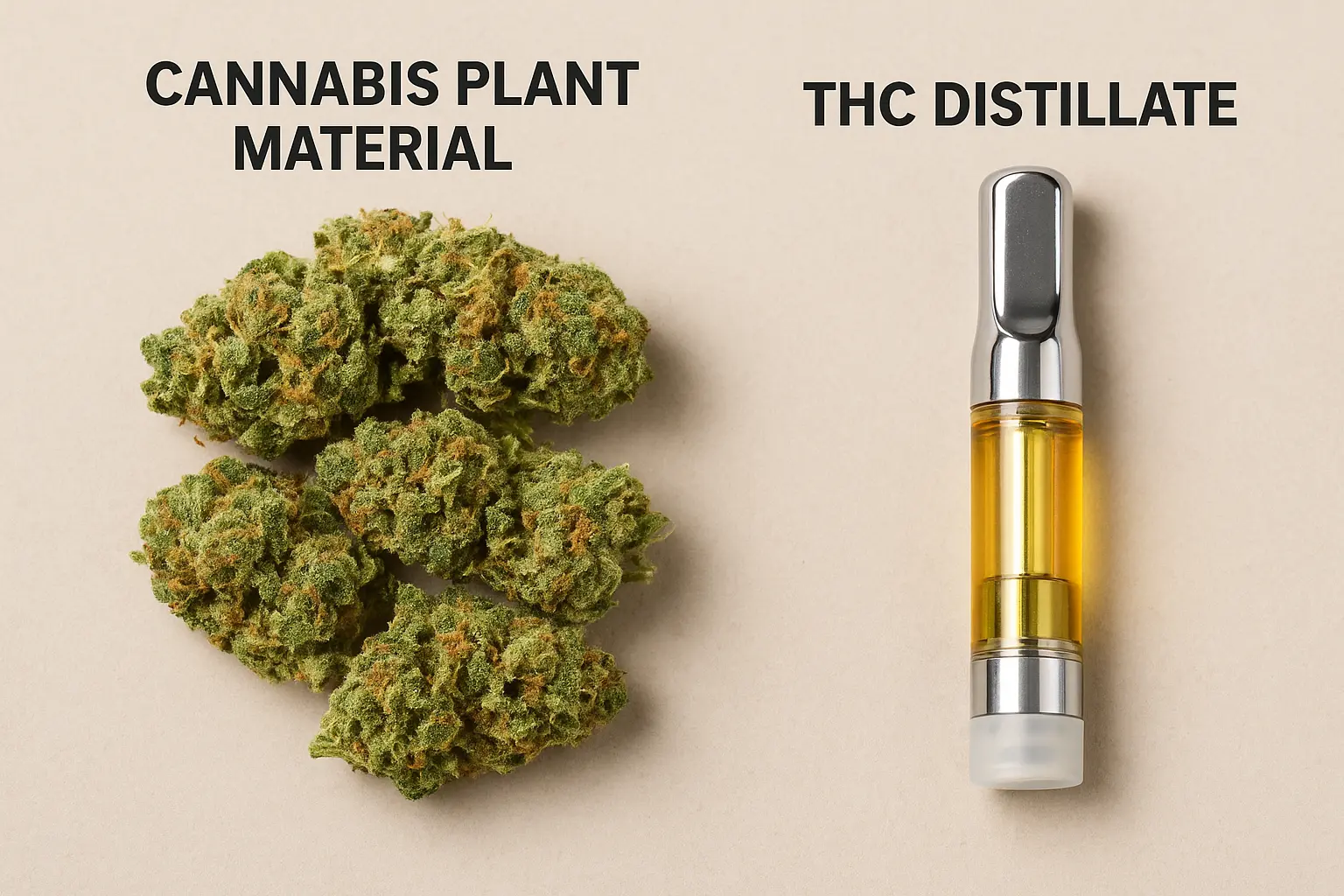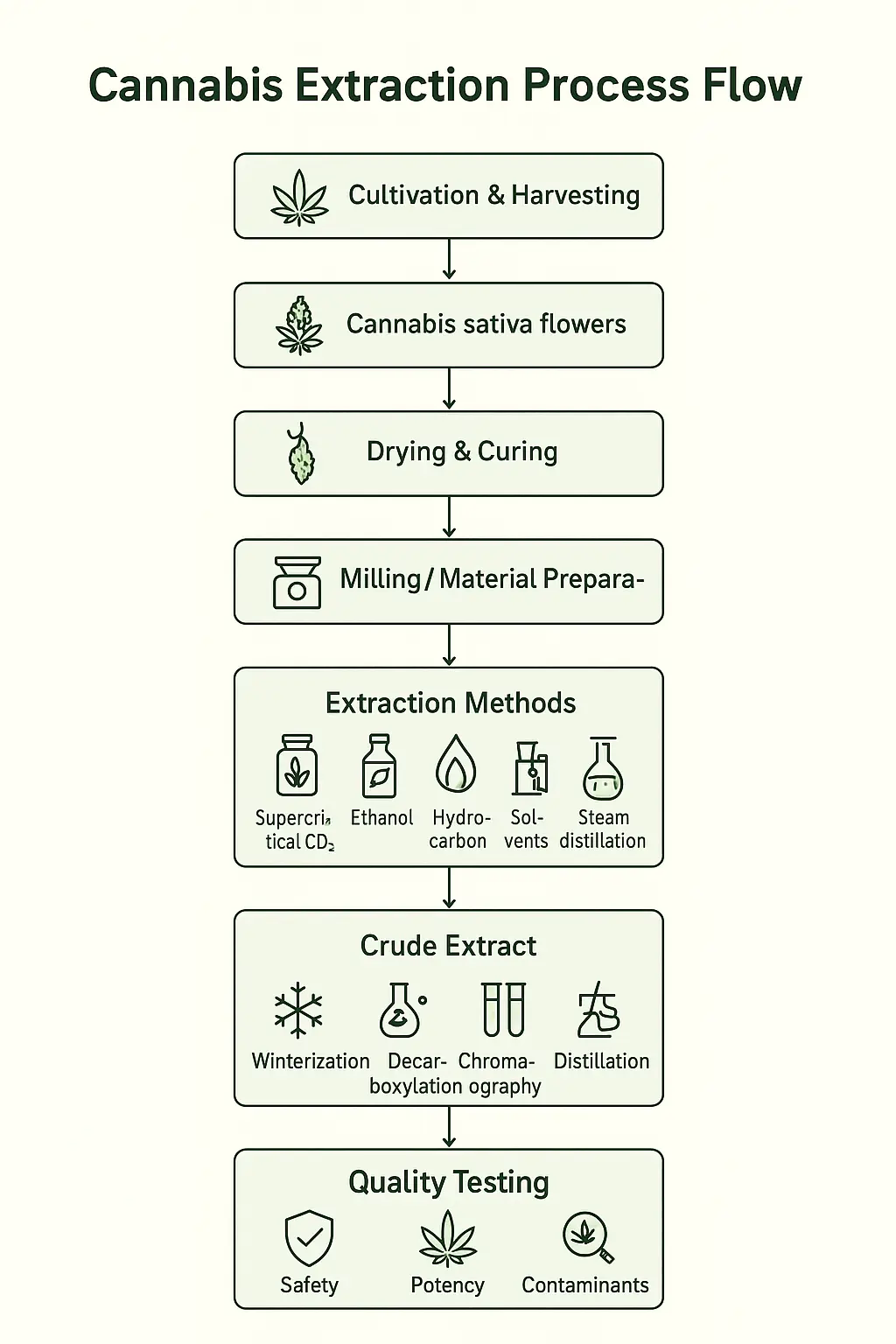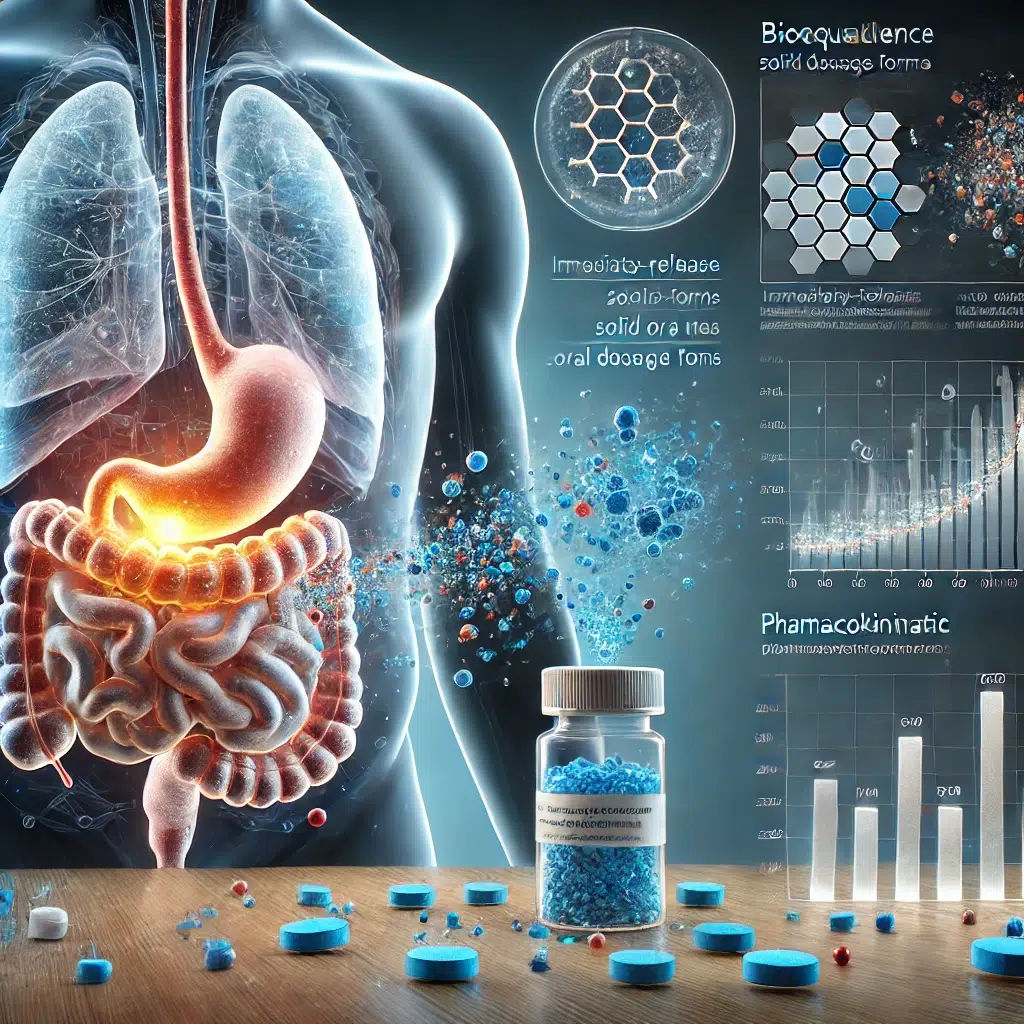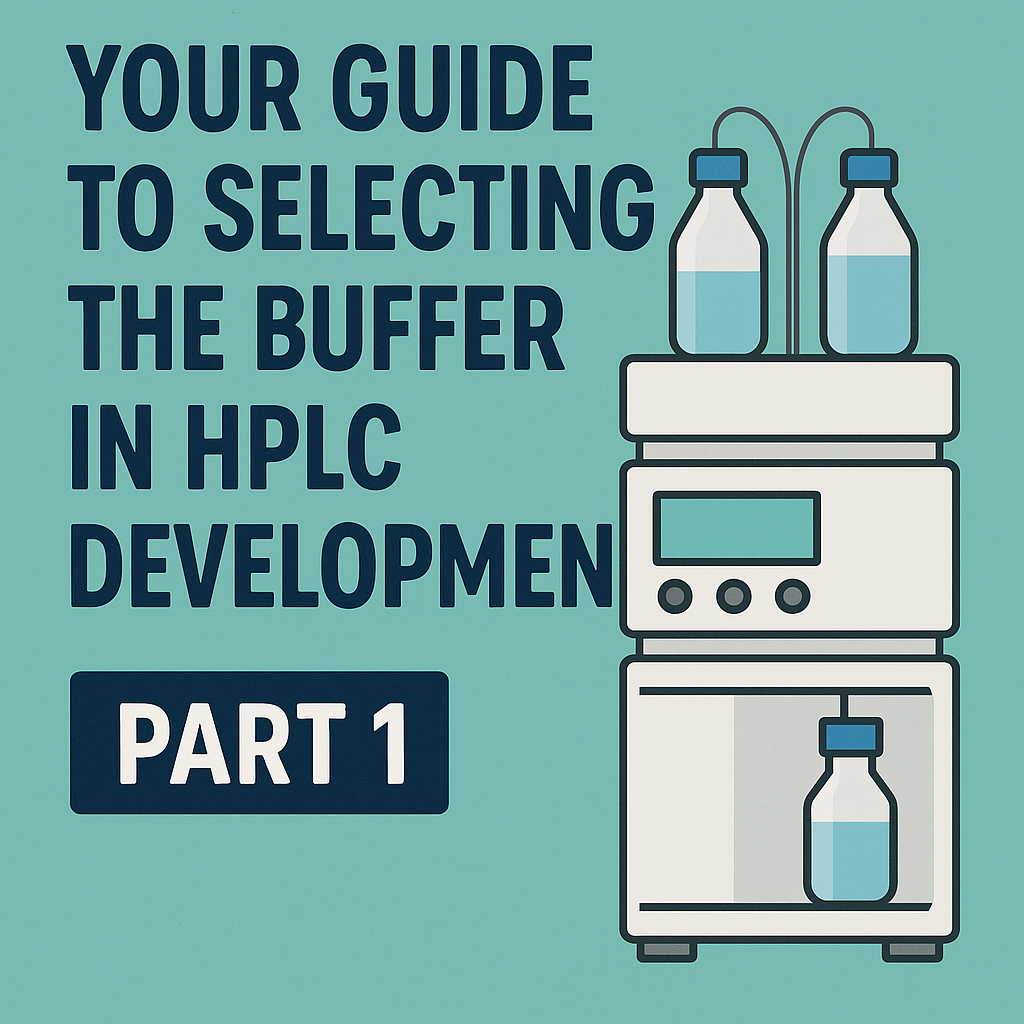Overviews
The two best-recognized and most researched active compounds found in Cannabis plants are Δ9-Tetrahydrocannabinol (THC) and Cannabidiol (CBD). While THC is primarily responsible for the plant’s psychoactive effects, CBD is non-intoxicating and is being explored for a variety of potential medical uses.
In the plant, both compounds originate as acidic precursors namely, THCA and CBDA, which are produced in tiny, hair-like structures called glandular trichomes, found mainly on the flowers of female Cannabis sativa. Through heat or time, these precursors lose a carbon dioxide group in a process known as decarboxylation, becoming the active neutral cannabinoids we’re familiar with.
Extracting THC and CBD from a cannabis plant can be done using a variety of techniques, from advanced supercritical CO₂ (carbon dioxide) systems to traditional solvent extractions and even purely mechanical methods. Each approach offers its balance between yield, purity, safety, and cost.
What exactly are THC and CBD?
THC is a fat-loving (lipophilic) compound that interacts with CB1 (Cannabinoid 1) receptors in the brain, producing the well-known psychoactive effect associated with cannabis. Medically, THC is recognized for its ability to stimulate appetite and reduce nausea, with ongoing research into other potential benefits.
CBD has a similar chemical backbone to THC but does not cause intoxication. Instead, it interacts with different molecular targets, including TRPV1 (receptors involved in pain perception, inflammation, and thermoregulation) and 5-HT1A (receptors involved with mood regulation, anxiety, and cognition). Research of CBD is ongoing for its potential roles in pain relief, inflammation control, and anxiety reduction.
All cannabinoids originate from a shared starting molecule, Cannabigerolic acid (CBGA), formed from the combination of a terpenoid building block and an aromatic acid. Specialized plant enzymes then transform CBGA into THCA, CBDA, or other cannabinoids.

Where Do They Come From?
Cannabinoids are concentrated in capitate stalked trichomes, the resinous glands covering the flowers and, to a lesser extent, the leaves of Cannabis sativa. Historically, low-THC varieties have been referred to as hemp, while high-THC varieties were labeled drug-type cannabis. Today, breeding programs have created a spectrum of cultivars with diverse cannabinoid profiles tailored for pharmaceutical or recreational use.
Main Methods of Extraction
| Extraction Method | How it works | Advantages | Disadvantages |
| Supercritical CO₂ Extraction | Carbon dioxide is raised above its critical temperature and pressure, turning it into a supercritical fluid that can dissolve cannabinoids and terpenes. | Solvent-free final product, tunable selectivity, widely accepted for food and pharmaceutical sectors. | High setup cost and the need for precise operating conditions. |
| Ethanol Extraction | Ethanol extracts cannabinoids and other compounds from the plant. Cold ethanol reduces chlorophyll extraction (preferred ethanol extraction method), while warm ethanol extracts more compounds overall. | Cost-effective, food-safe, and scalable. | Needs careful solvent removal and temperature control to avoid unwanted compounds. |
| Hydrocarbon Extraction (Butane/Propane) | Light hydrocarbons dissolve cannabinoids and terpenes efficiently, often producing shatter or wax. | High efficiency and terpene preservation. | Flammable solvents require specialized facilities and strict safety protocols. |
| Solvent-less Mechanical Methods | Physical separation (rosin pressing) isolates trichomes without chemicals. | No chemical residues. | Lower yields and more dependent on raw material quality. |
| Steam Distillation | Uses steam to collect volatile terpenes, less effective for cannabinoids; typically combined with other methods. | Captures aromatic terpenes. | Inefficient for extracting cannabinoids directly. |
Desirable Outcomes of Extraction
When processing cannabis plant material, the aim is to:
- Maximize cannabinoid recovery from plant material.
- Control the profile of other compounds, such as; terpenes, waxes, and chlorophyll, depending on whether the goal is a full-spectrum extract or a pure isolate.
- Ensure product safety by removing residual solvents and contaminants.
- Meet regulatory, cGPP/GMP standards for the intended market.
The biggest technical hurdles include removing unwanted plant fats and waxes, performing decarboxylation where needed, and achieving ultra-low residual solvent levels.
Post-Extraction Processing
Post-extraction processing is necessary to refine and purify the crude cannabis extract so it meets quality, safety, and product specific requirements. Post-extraction processing methods include:
- Winterization: Chilling the extract in ethanol and filtering out of unwanted materials. Filters out plant waxes, fats, chlorophyll, and other impurities that affect taste, texture, and clarity.
- Decarboxylation: Heating to convert THCA/CBDA into active THC/CBD (activation of cannabinoids).
- Chromatography: Separating cannabinoids to create pure isolates or remove THC.
- Distillation: Producing highly purified cannabinoid distillates.
Safety and Quality Considerations
All extracts must be tested for:
- Residual solvents
- Pesticides
- Heavy metals
- Microbes
- Mycotoxins
The extraction method chosen affects not only yield and chemical profile, but also how easily these safety standards can be met. Supercritical CO₂ and food-grade ethanol are often favoured for meeting strict pharmaceutical requirements.
Extraction Flow Chart

Conclusion
THC and CBD are two of the most significant bioactive compounds in cannabis, each with unique properties and medical potential. From their shared origins in the plant’s trichomes to the complex extraction techniques used to isolate them, from cultivation to processing, these factors shape their quality, safety, and effectiveness. Whether using cutting-edge supercritical CO₂ systems or traditional solvent-based approaches, the choice of method influences not only yield and purity but also regulatory compliance and therapeutic value. As research deepens and extraction technologies evolve, the potential applications for these cannabinoids will continue to expand, bridging the gap between natural plant chemistry and modern medicine.
References
- Martinez Naya N, Kelly J, Corna G, Golino M, Polizio AH, Abbate A, Toldo S, Mezzaroma E. An Overview of Cannabidiol as a Multifunctional Drug: Pharmacokinetics and Cellular Effects. Molecules. 2024 Jan 18;29(2):473. doi: 10.3390/molecules29020473. PMID: 38257386; PMCID: PMC10818442.
- Xie Z, Mi Y, Kong L, et al. Cannabis sativa: origin and history, glandular trichome development, and cannabinoid biosynthesis. Hortic Res. 2023;10(9):uhad150. Published 2023 Jul 26. doi:10.1093/hr/uhad150
- Tahir MN, Raz FS, Rondeau-Gagné S, Trant JF. The biosynthesis of the cannabinoids. J Cannabis Res. 2021;3(1):7. Published 2021 Mar 15. doi:10.1186/s42238-021-00062-4
- de Aguiar AC, Vardanega R, Viganó J, Silva EK. Supercritical Carbon Dioxide Technology for Recovering Valuable Phytochemicals from Cannabis sativa L. and Valorization of Its Biomass for Food Applications. Molecules. 2023;28(9):3849. Published 2023 May 1. doi:10.3390/molecules28093849
- Addo PW, Sagili SUKR, Bilodeau SE, et al. Cold Ethanol Extraction of Cannabinoids and Terpenes from Cannabis Using Response Surface Methodology: Optimization and Comparative Study. Molecules. 2022;27(24):8780. Published 2022 Dec 11. doi:10.3390/molecules27248780

